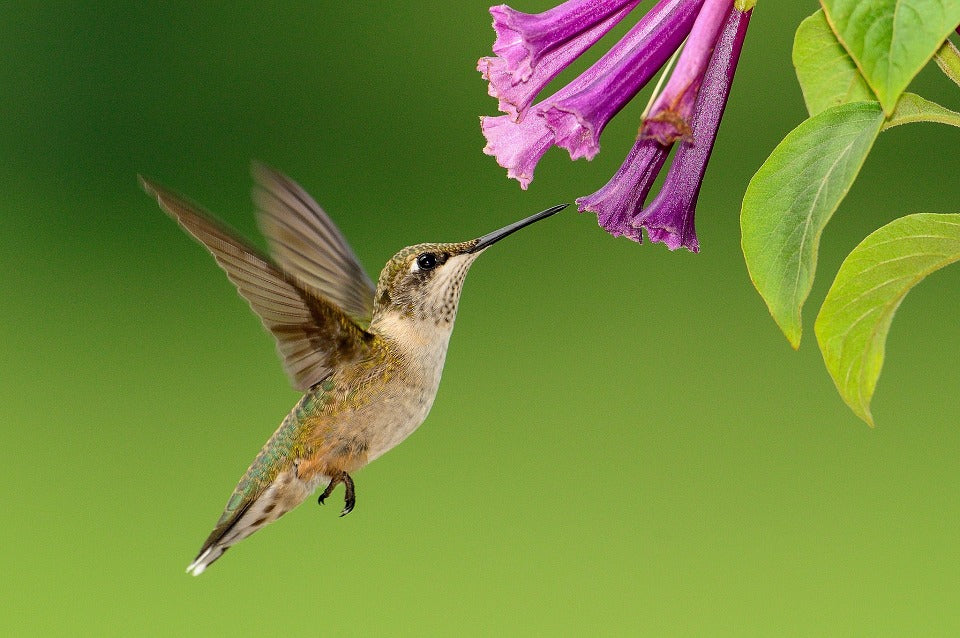Offer
Provide additional details about the offer you're running.
Provide additional details about the offer you're running.
Provide additional details about the offer you're running.

When we think of pollination we immediately associate images of bumblebees going flower to flower, transferring pollen from the anther to the stigma and enabling the fertilization and reproduction of some of our favourite plants and flowers. What is a surprise to some is that hummingbirds also play a large role in the pollination of plants during the spring months as well. The fact is, hummingbirds play a tremendous role in wildflower pollination across North America.
How Hummingbirds Pollinate
While their life’s mission is not simply to pollinate flowers, they become great pollinators due to their quick movements and feeding periods. Hummingbirds will feed five to eight times in an hour, often visiting many plants along the way. During their feeding, pollen will often remain on their bills and heads and as they continue to visit additional flowers, that pollen is then transferred to a variety of other plants and can easily result in the pollination of dozens, even hundreds of flowers per day.
How to Encourage Hummingbird Pollination
Firstly, you will want to ensure you have a hummingbird-friendly garden and be sure to keep native species where and when possible. Hummingbirds are attracted to certain shapes, sizes and colours of flowers, so keep that in mind when planting. Hummingbirds love bright colours like yellow, pink and red and features like long, funnel-shaped flowers are perfect for the bill of most hummingbirds.
Vertical layers and proper spacing between flowers is also a must. As we know, hummingbirds love to hover and need ample space to do so, so be sure to plant with enough space between each to accommodate hummingbirds. Avoid using chemicals and insecticides as these types of practices will definitely deter hummingbirds and might even be detrimental to them and other bird species in your area.
High Quality Blend